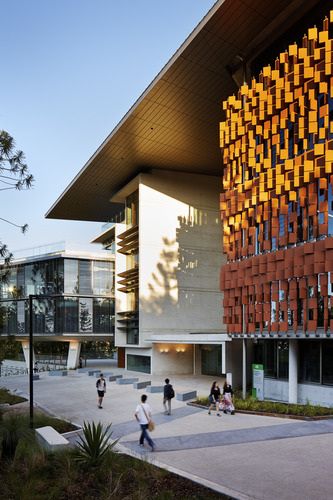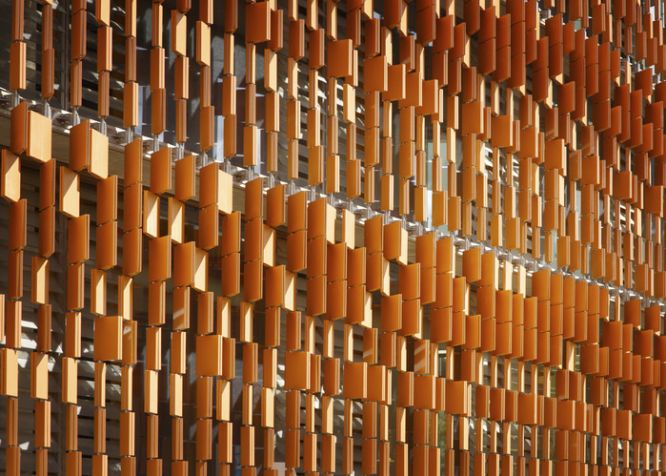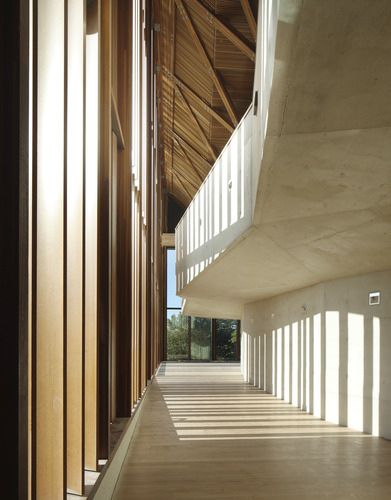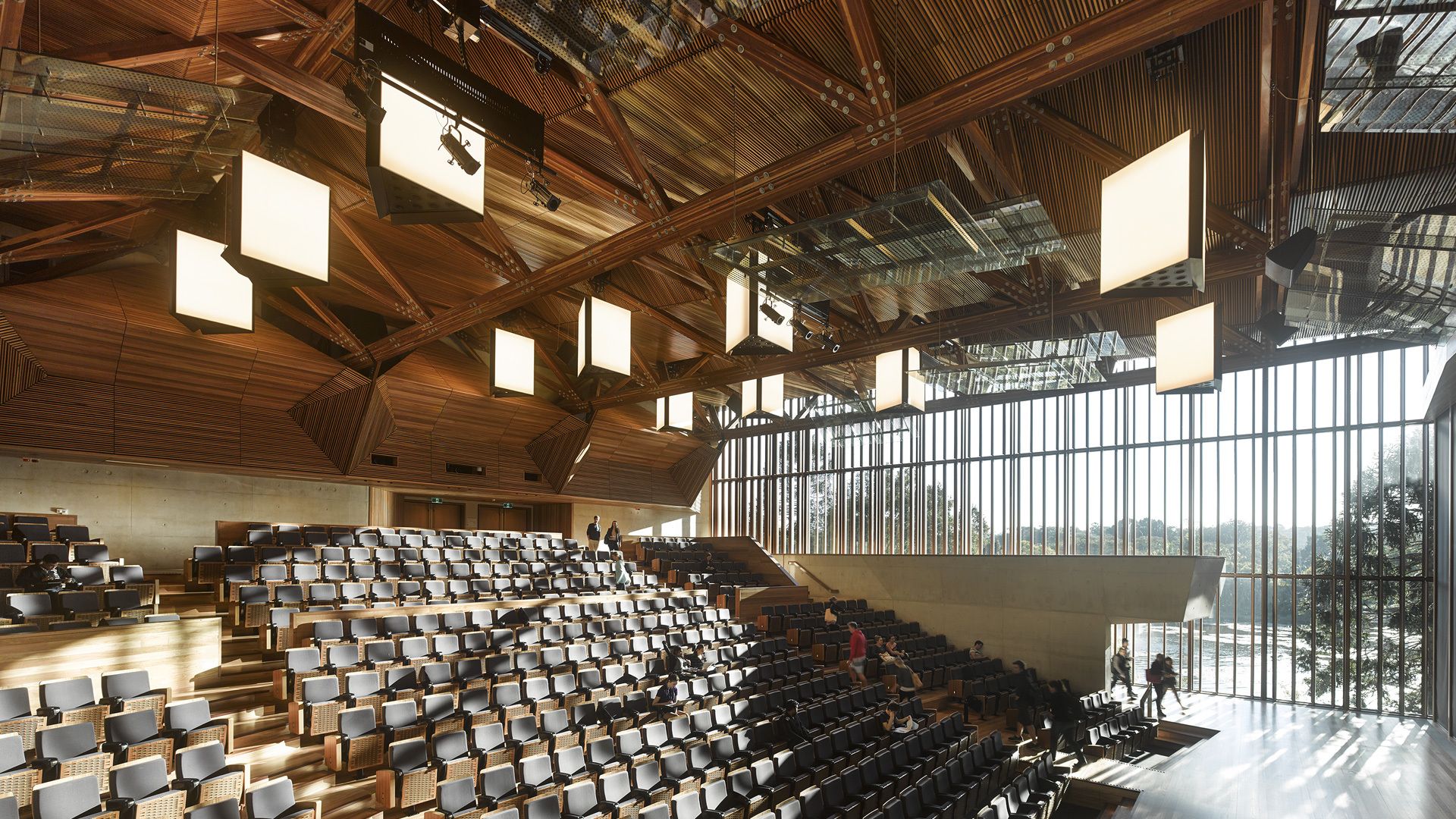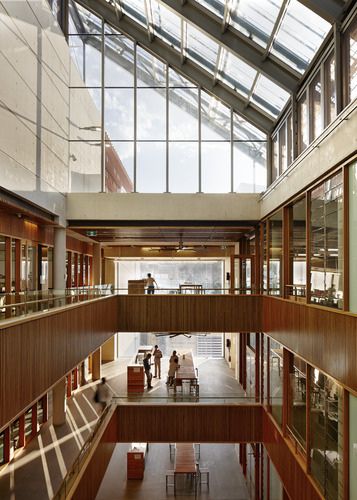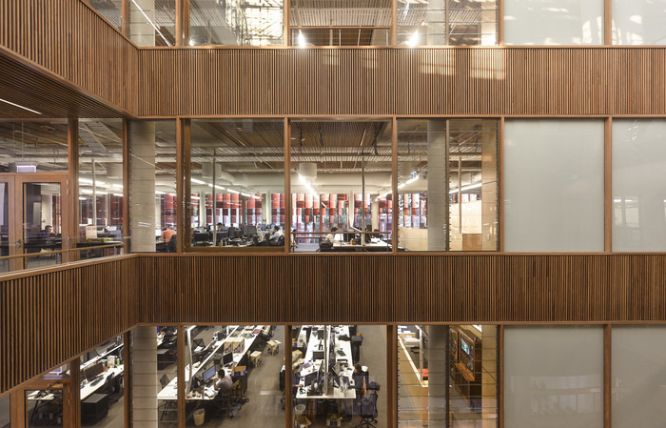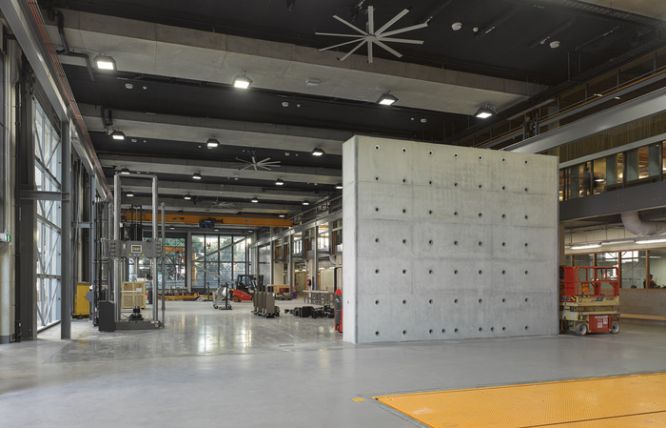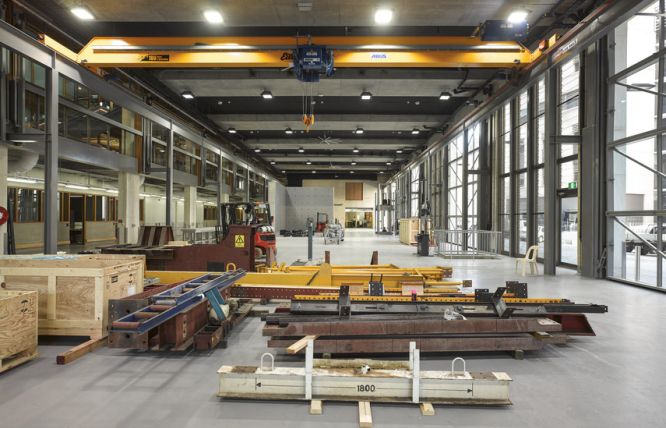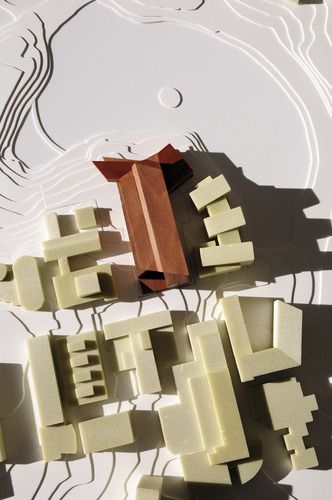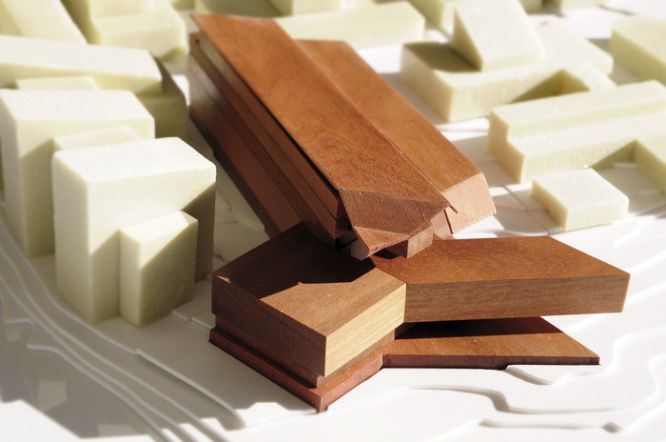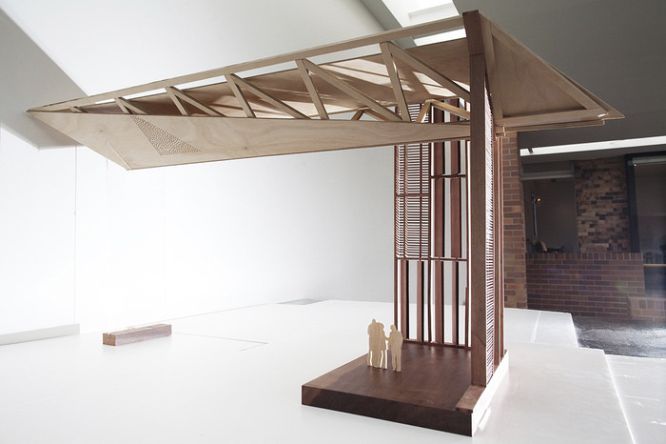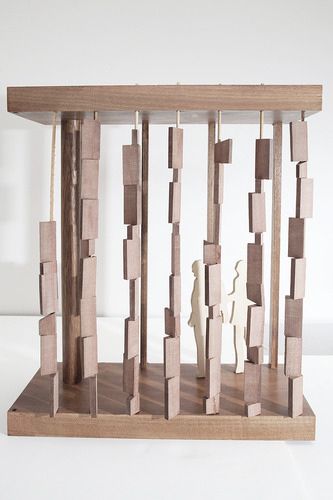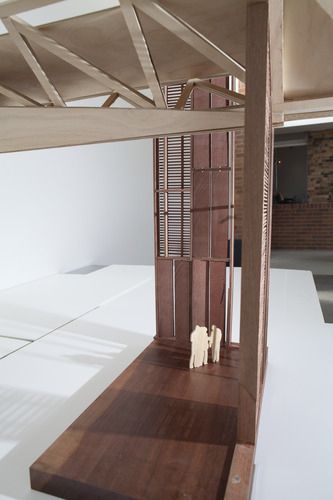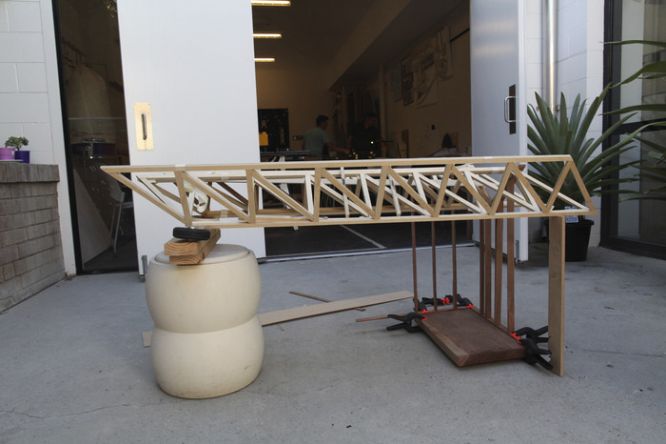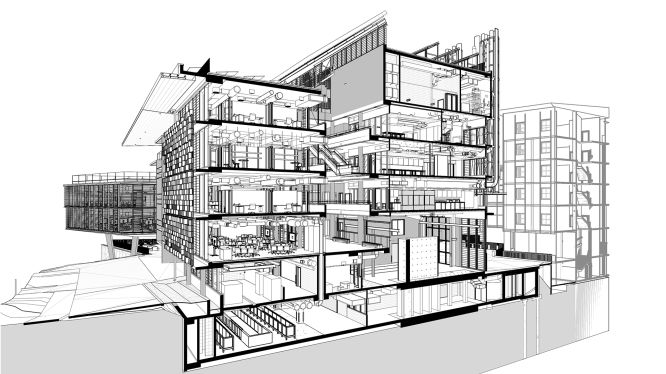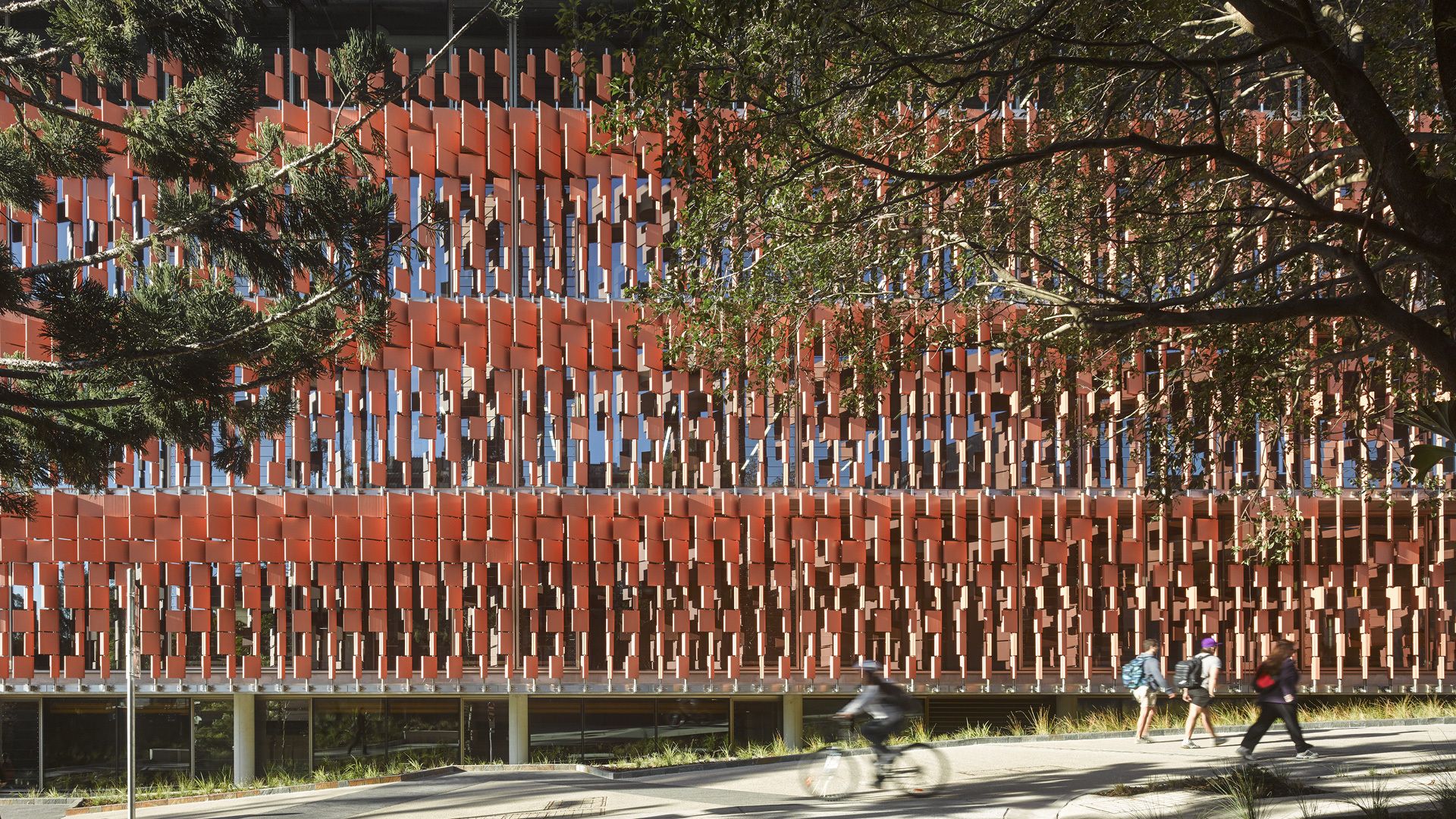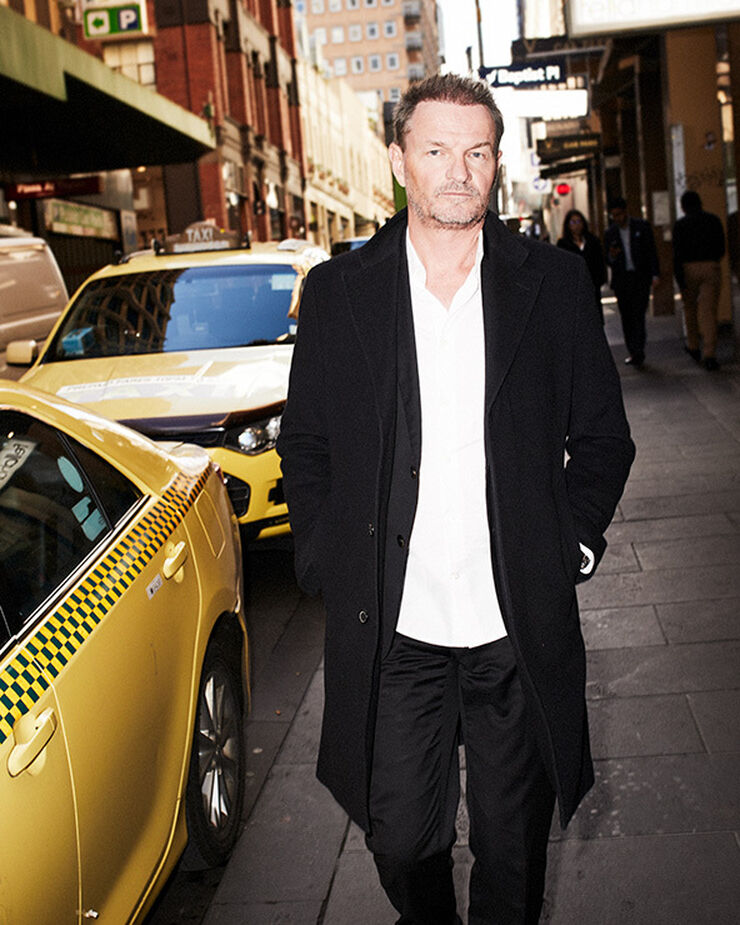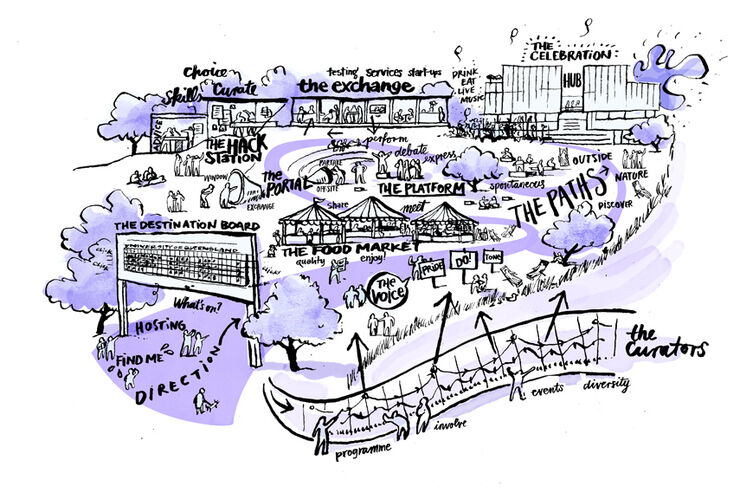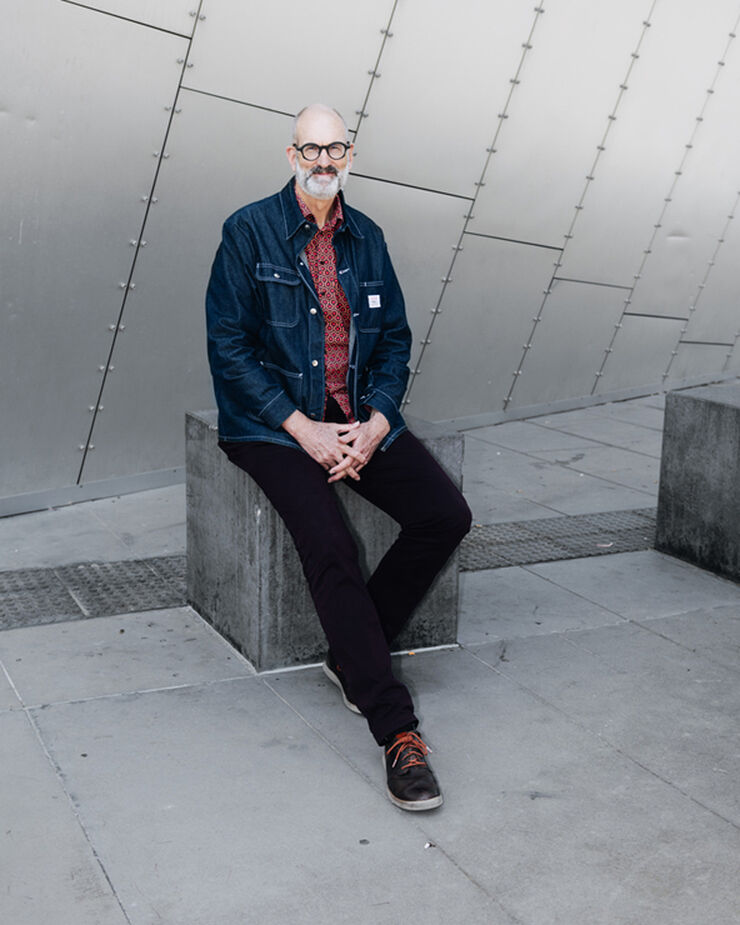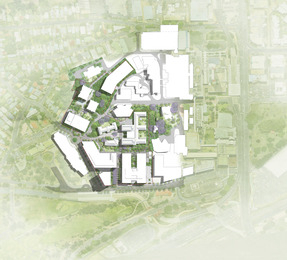Sustainability highlights
The AEB is designed to reduce annual energy consumption by more than 40 percent compared to the rest of the campus, mainly through simple systems such as:
- Solar shading
- Cross-ventilation via atrium windows and louvres that can be opened
- Use of the atrium as a ‘chimney’ to exhaust hot air
- Ceiling fans
- Controlled daylight
More sophisticated, high-tech systems enhancing sustainability include:
- High-performance solar glazing
- A thermal labyrinth in the subterranean perimeter basement walls
- Computer-controlled mechanical shading to the atrium roof
- Mixed-mode air conditioning outlets at all workstations, individually operated during extreme conditions
Our team also limited the building’s carbon footprint by using renewable materials wherever possible.
Awards
- 2014 National Sir Zelman Cowen Award - Public Architecture
- 2014 RAIA National Emil Sodersten Award - Interior Architecture
- 2014 RAIA National Award - Sustainable Architecture
- 2014 RAIA State F.D.G Stanley Award - Public Architecture
- 2014 RAIA State G.H.M Addison Award - Interior Architecture
- 2014 RAIA State Harry Marks Award - Sustainable Architecture
- 2014 RAIA John Dalton Award - Building of the Year
- 2014 RAIA Regional Commendation Award - Interior Architecture
- 2014 RAIA Regional Commendation -Public Architecture
- 2014 Australian Timber Design Awards - Excellence in the Use of Timber Products – Engineered Timber
- 2014 Australian Timber Design Awards - Excellence in the Use of Timber Products – Recycled Timber
